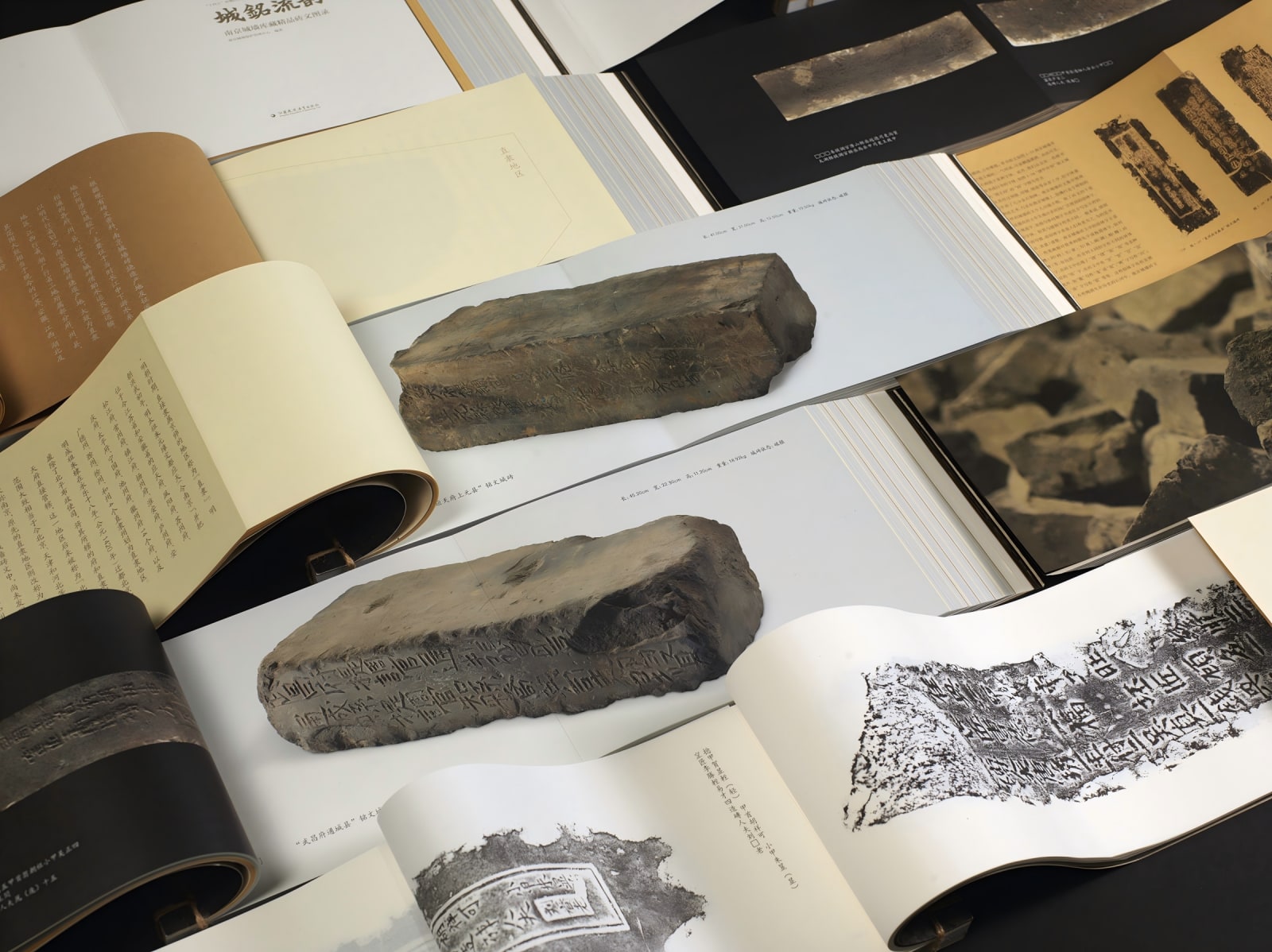-
Artworks










Echoes of the Wall
Jiangsu Phoenix Education Publishing,Ltd / Chinese MainlandFurther images
-
(View a larger image of thumbnail 1
)

-
(View a larger image of thumbnail 2
)
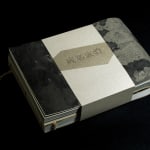
-
(View a larger image of thumbnail 3
)
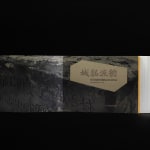
-
(View a larger image of thumbnail 4
)
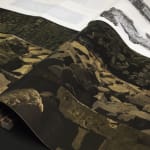
-
(View a larger image of thumbnail 5
)
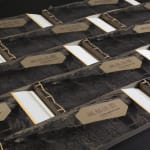
-
(View a larger image of thumbnail 6
)
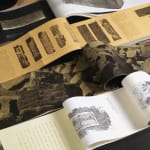
-
(View a larger image of thumbnail 7
)
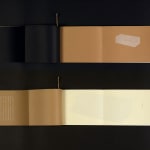
-
(View a larger image of thumbnail 8
)
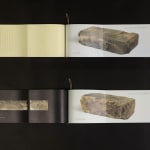
-
(View a larger image of thumbnail 9
)
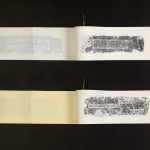
-
(View a larger image of thumbnail 10
)
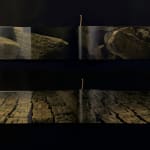
DFA Design for Asia Awards 2025 l Grand Award
Climbing the Wall of Time
At first touch, the book feels like stone—cool, weighty, resolute. Its brick-textured cover recalls the weathered face of Nanjing’s ancient city wall, yet within lies an experience both intellectual and sensorial. This extraordinary publication transforms the study of history into an act of ascent: through a slope-binding technique inspired by the Zhonghua Gate Barbican’s horse ramp, the reader climbs through centuries of craftsmanship, page by page. When closed, the book becomes a solid object; when opened, it unfolds into an architectural journey—each page turn echoing the rhythm of footsteps on ancient stone.
The design’s ingenuity lies in its dialogue between precision and poetry. Pages are engineered in mathematical gradation to create a tactile incline, ensuring both visual flow and structural stability. Custom paper textures distinguish the roughness of brick from the smoothness of rubbings, inviting the hand to read as much as the eye. High-definition photography reveals the grains, tool marks, and subtle colour variations of the 600-year-old inscribed bricks, while traditional ink rubbings capture the calligraphic nuance of each craftsman’s mark. Together, they form a visual symphony—part artefact, part archive.
A tripartite framework anchors the experience: the brick as object, the inscription as narrative, the wall as collective monument. Each layer intertwines through calibrated layouts and a restrained palette—earth-toned full colour for material texture, monochrome for rubbings, and delicate spot hues for typographic rhythm. The landscape format mirrors the proportion of an actual brick, transforming scale into intimacy.
Beyond its craftsmanship, the publication safeguards cultural memory at risk of disappearance. The 600,000 inscribed bricks it documents—many soon to be reinstalled and sealed within the wall—carry records of kiln workshops, regions, and artisans whose names might otherwise fade. Through design, these fragments of history gain permanence. This work stands as a landmark in contemporary heritage publishing—where scholarship becomes sculpture, and reading becomes a pilgrimage through time, stone, and human touch.
1of 81 -
(View a larger image of thumbnail 1
)
